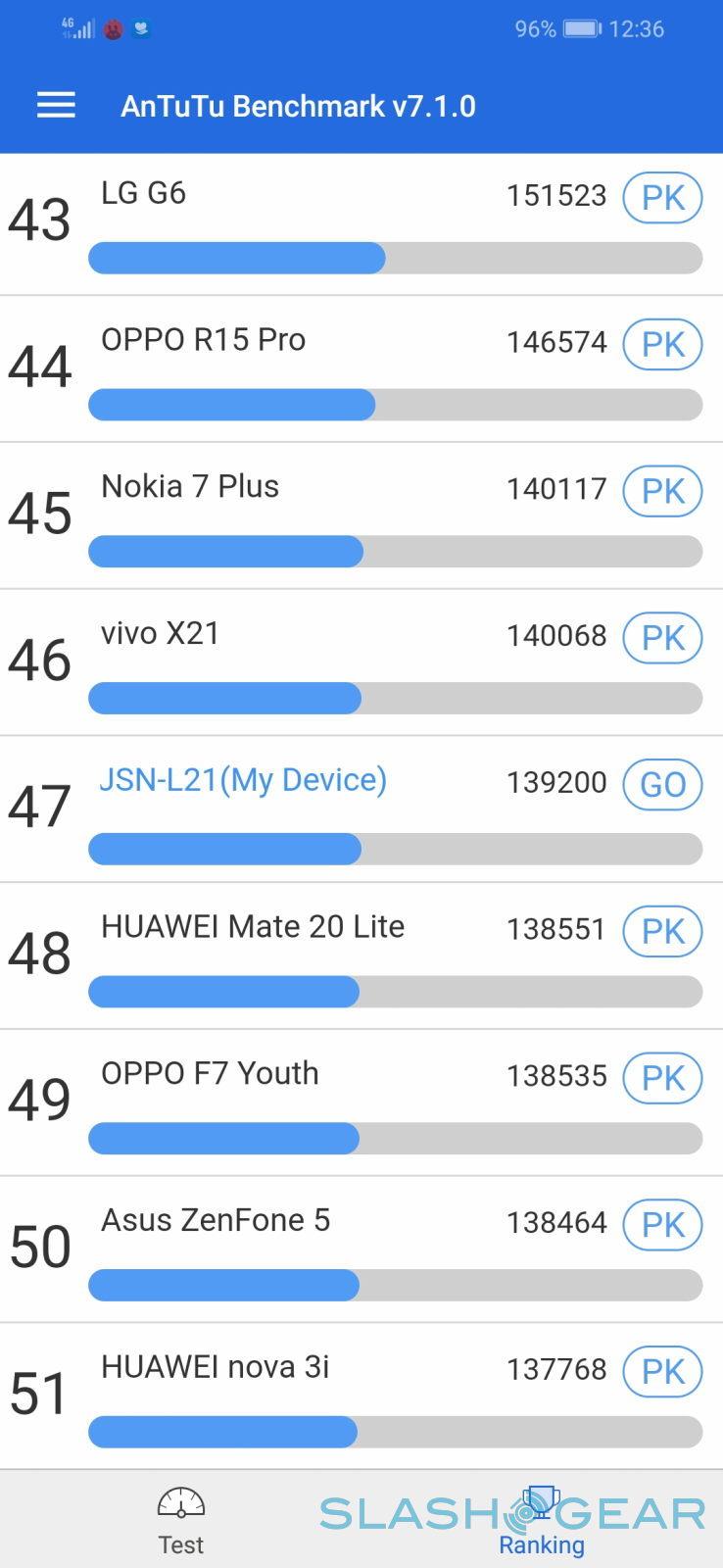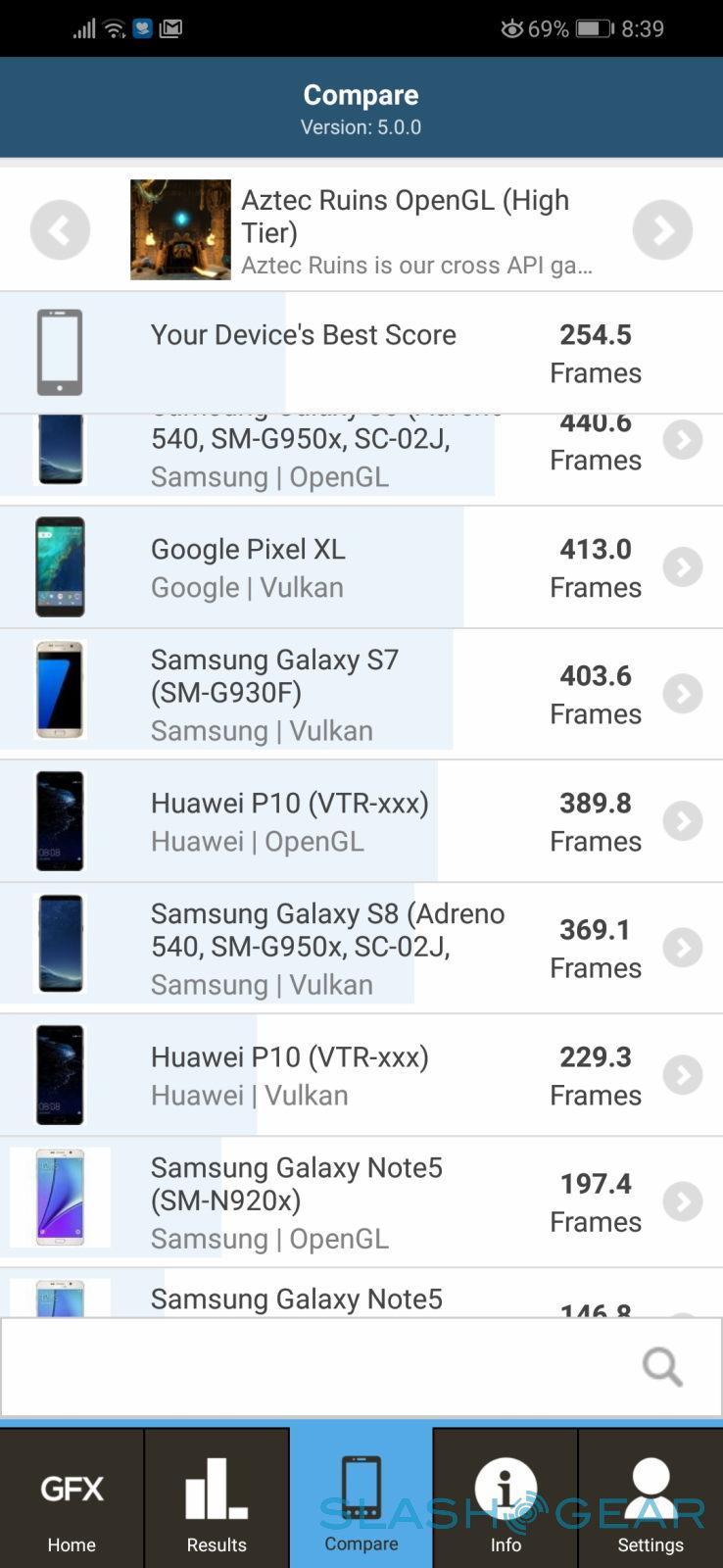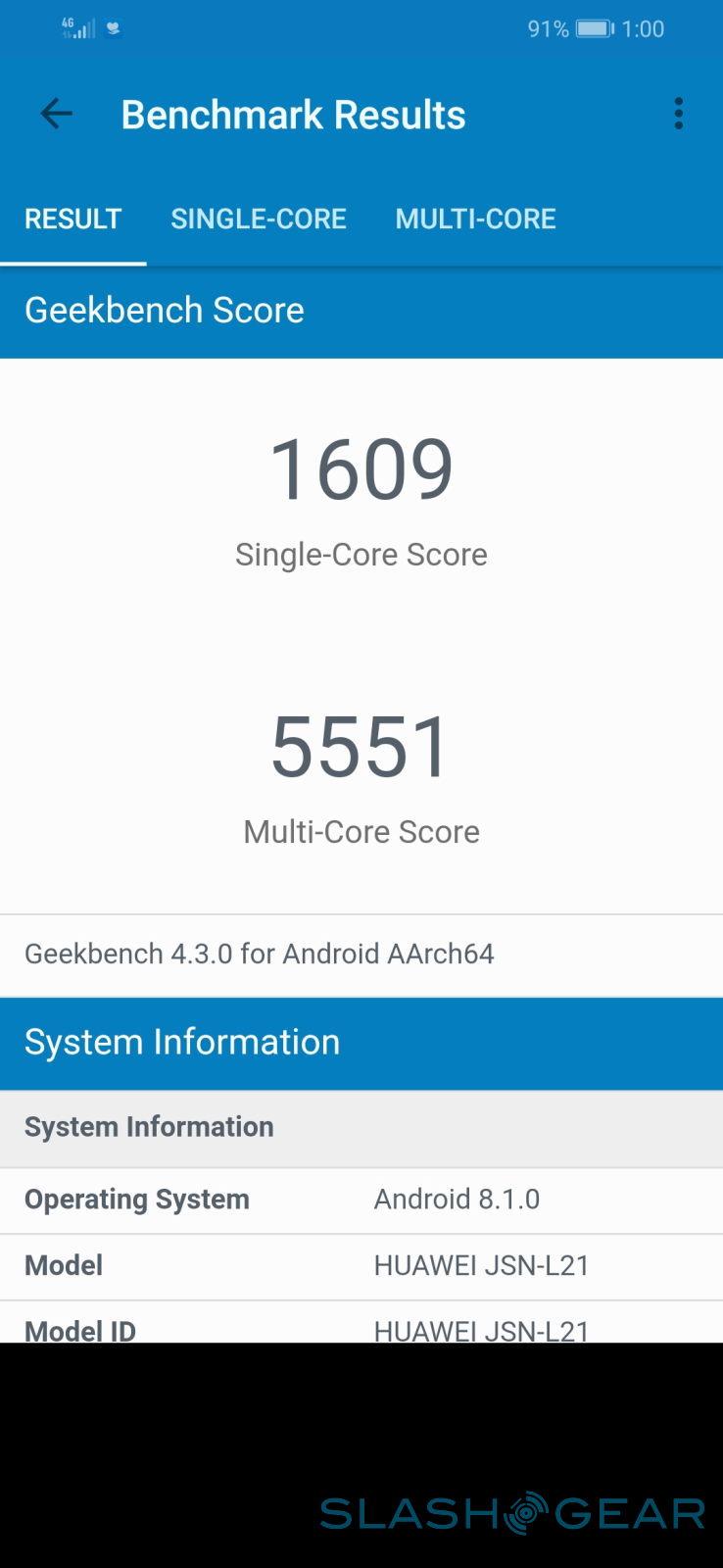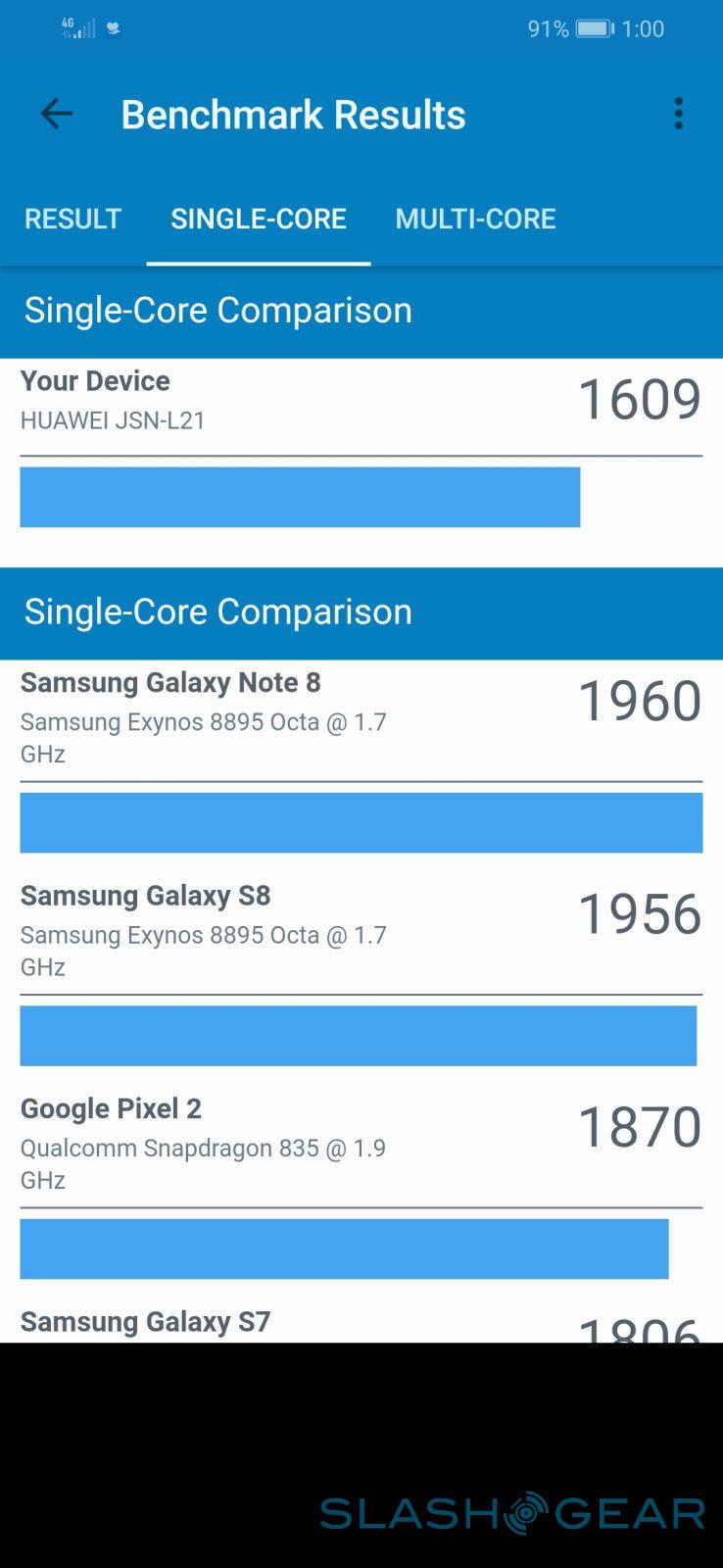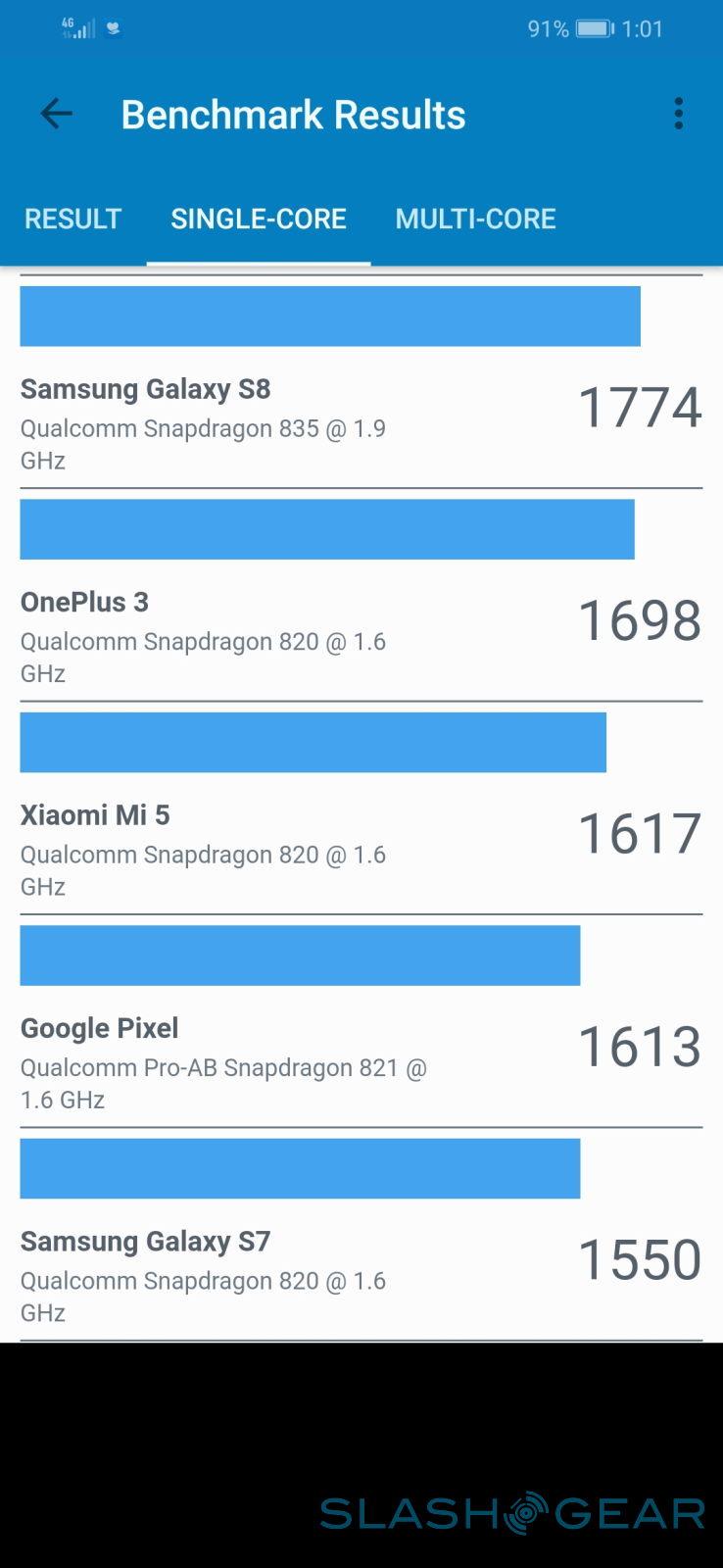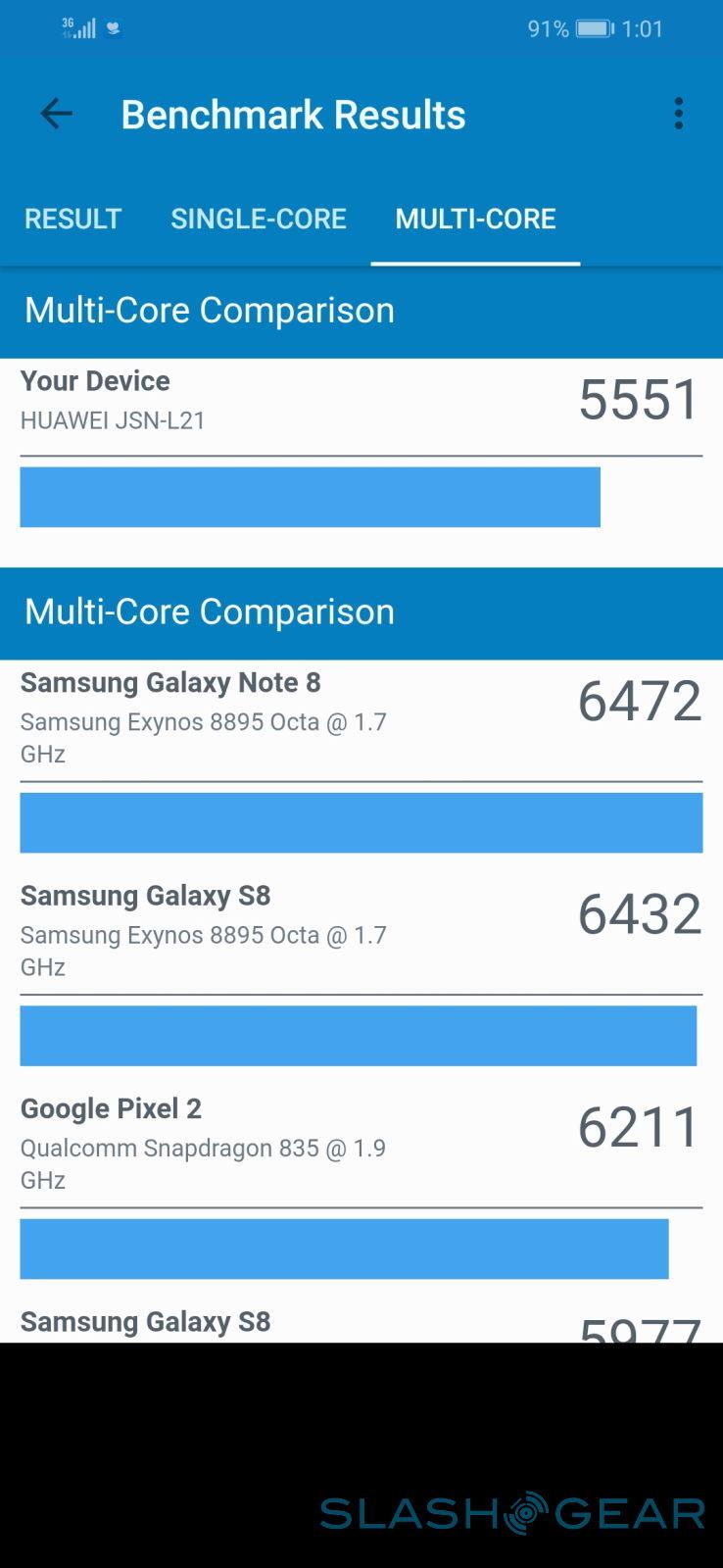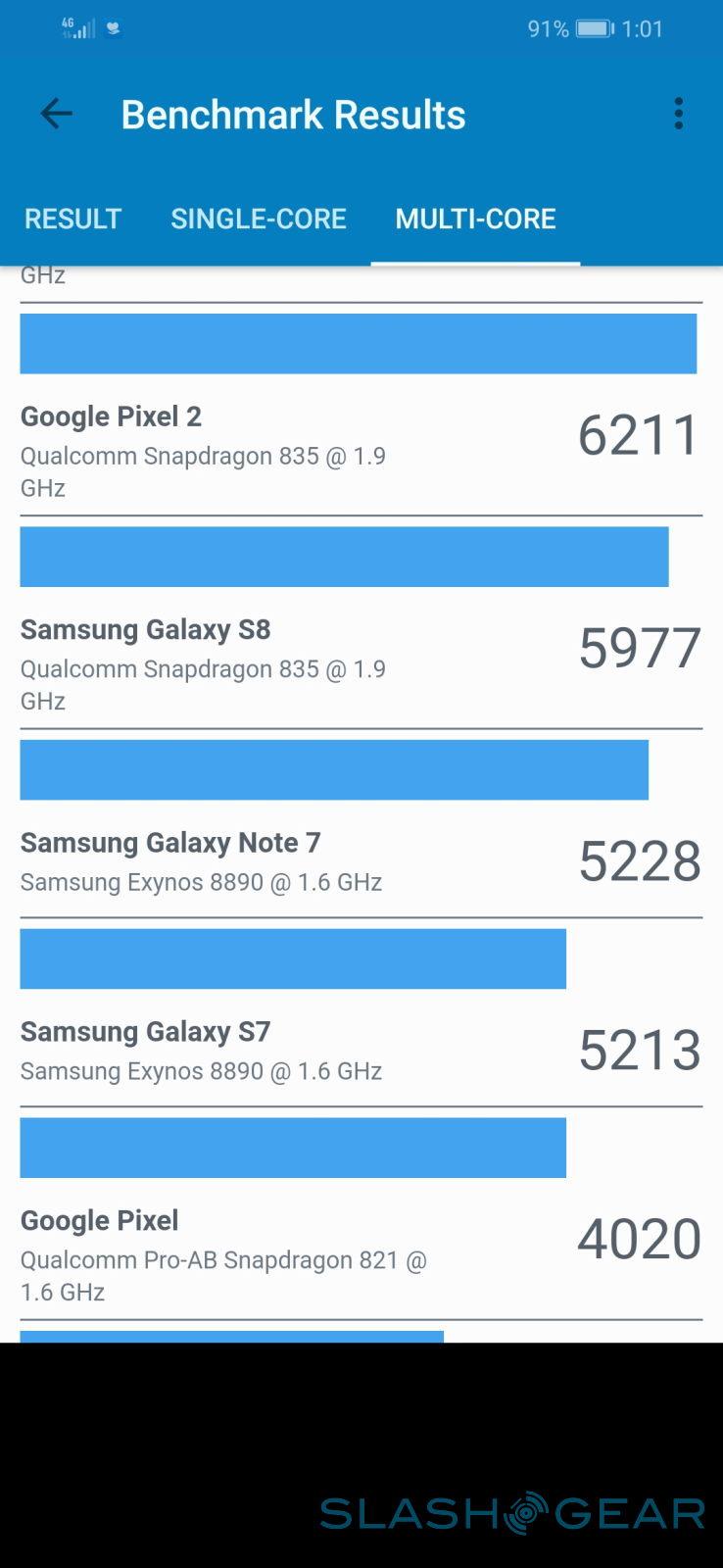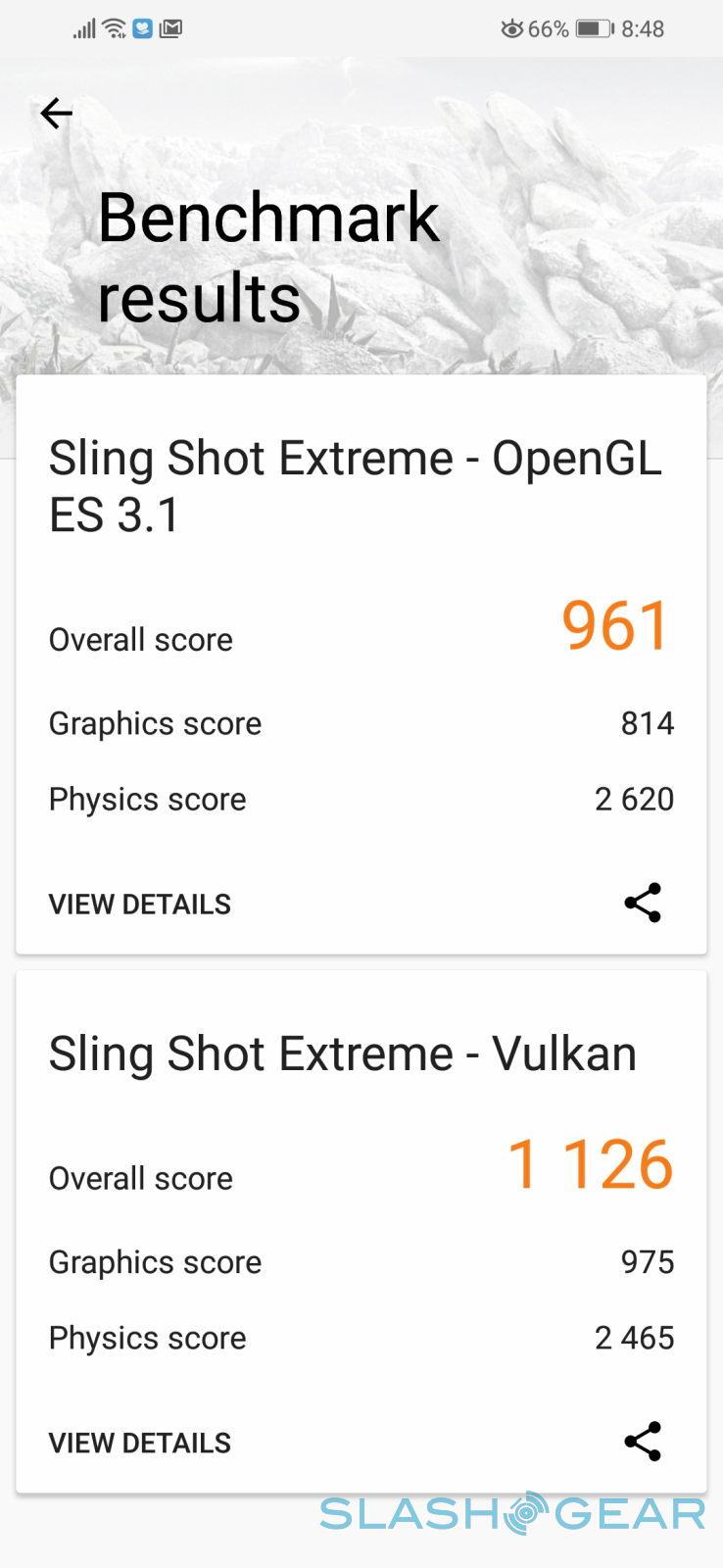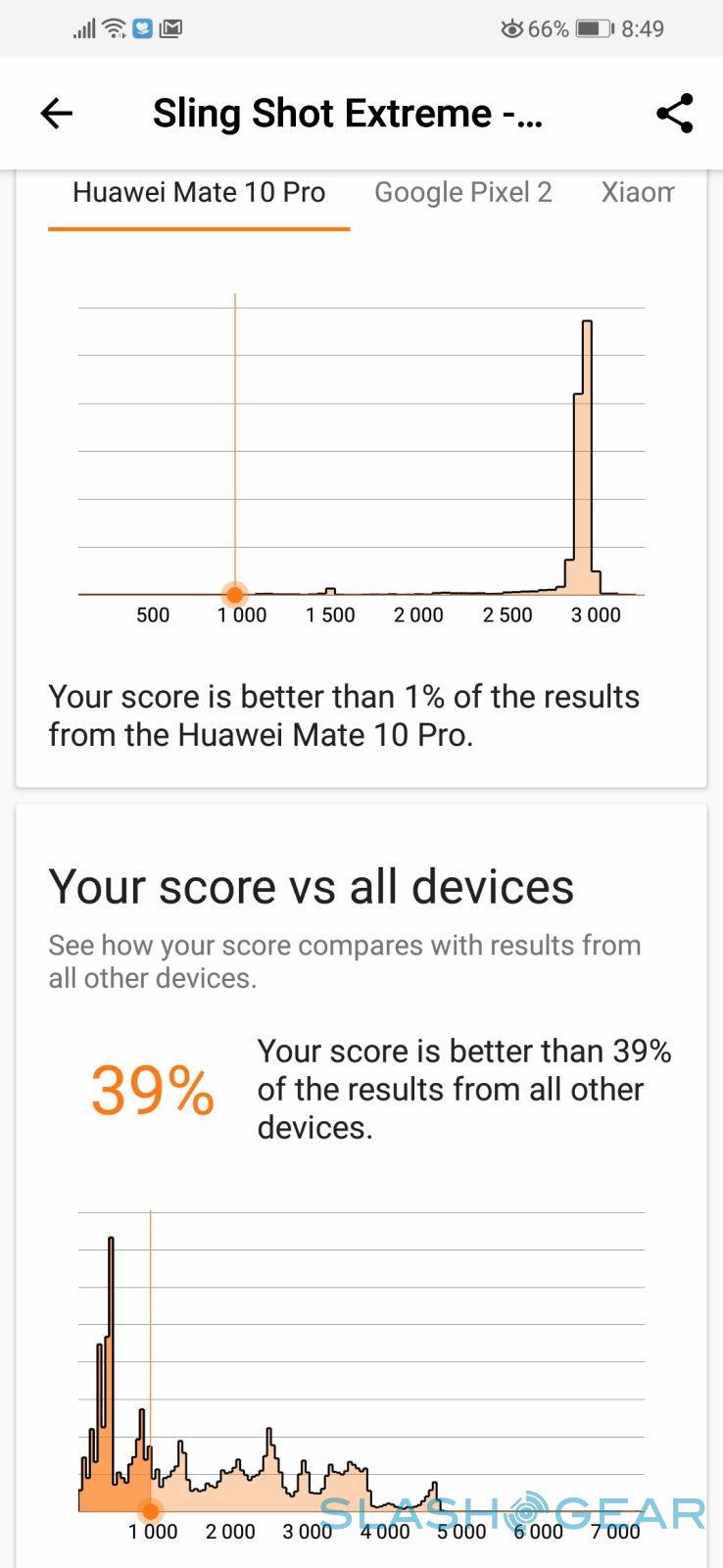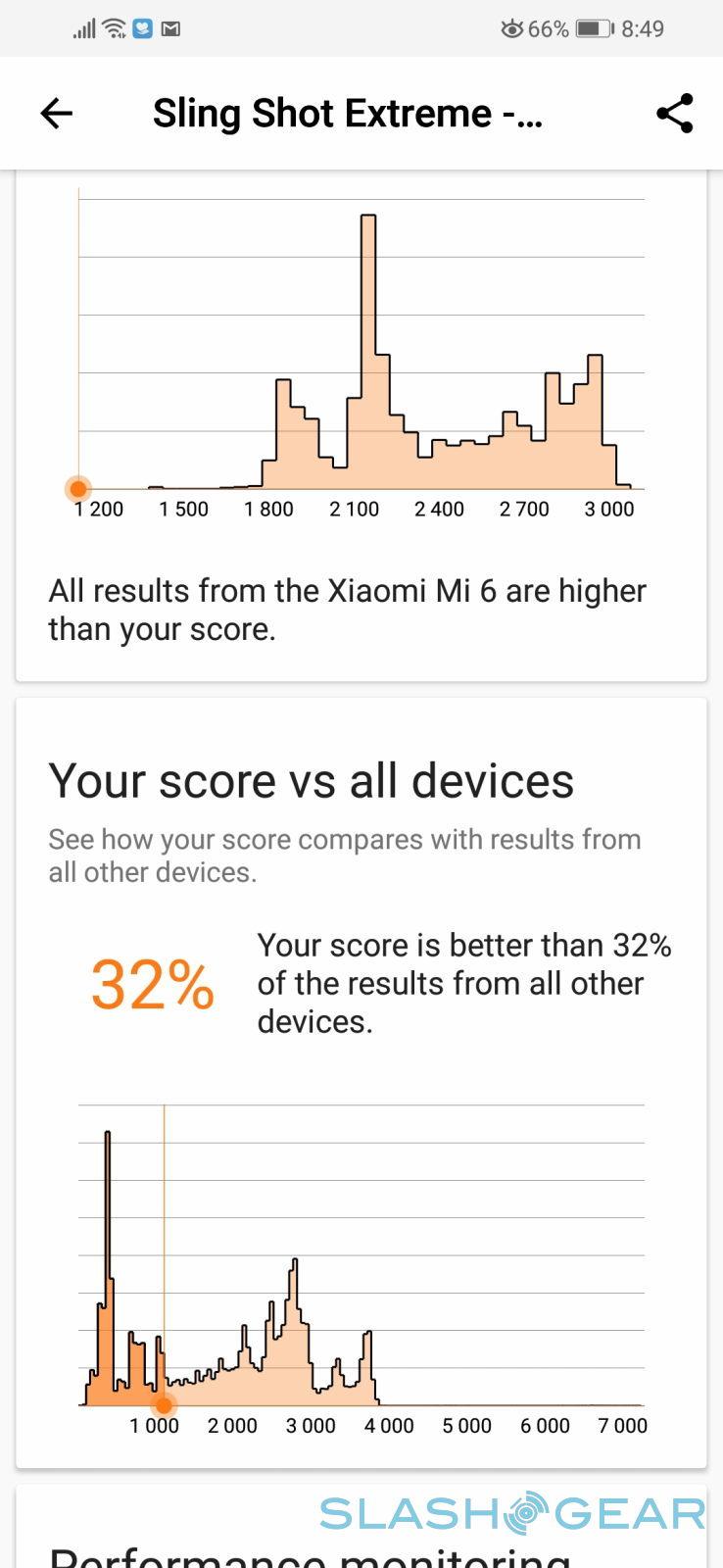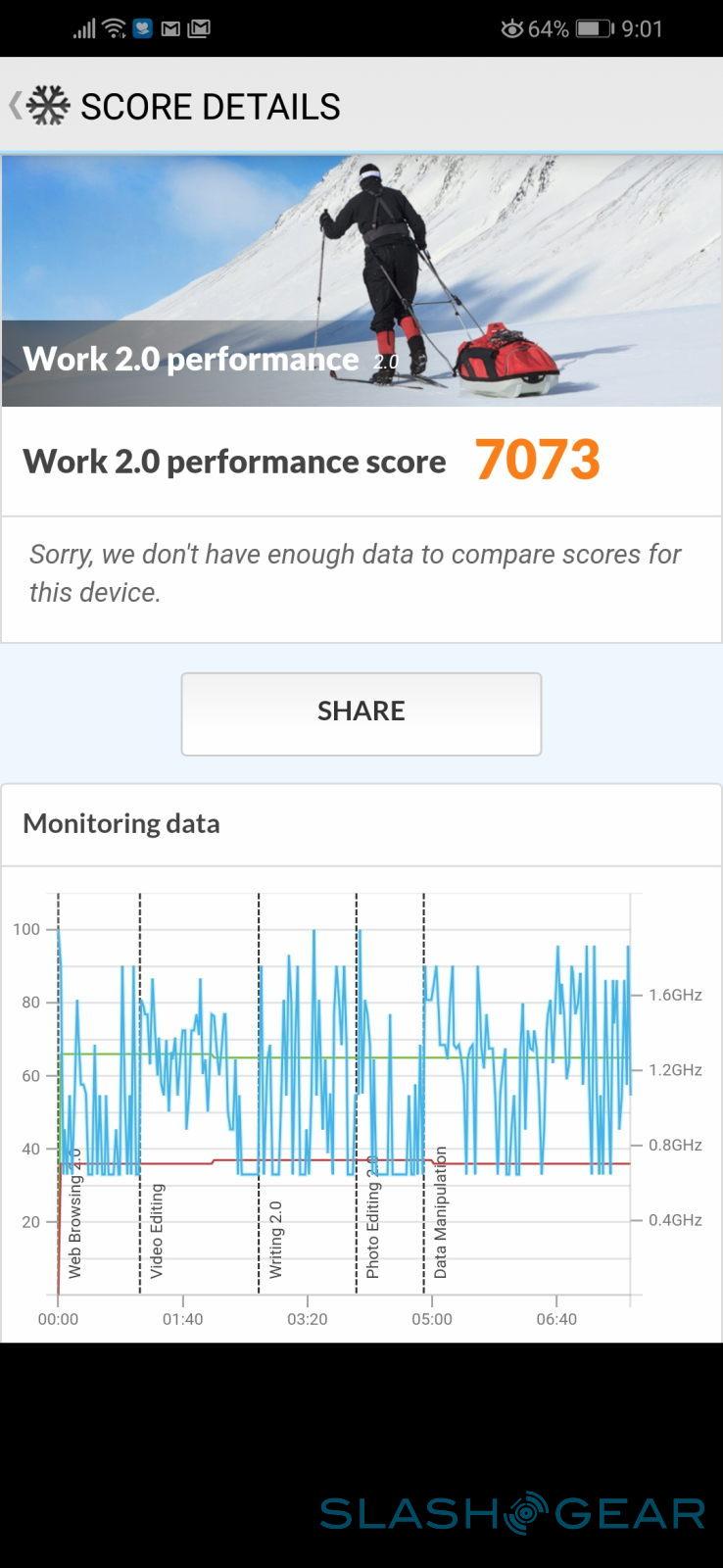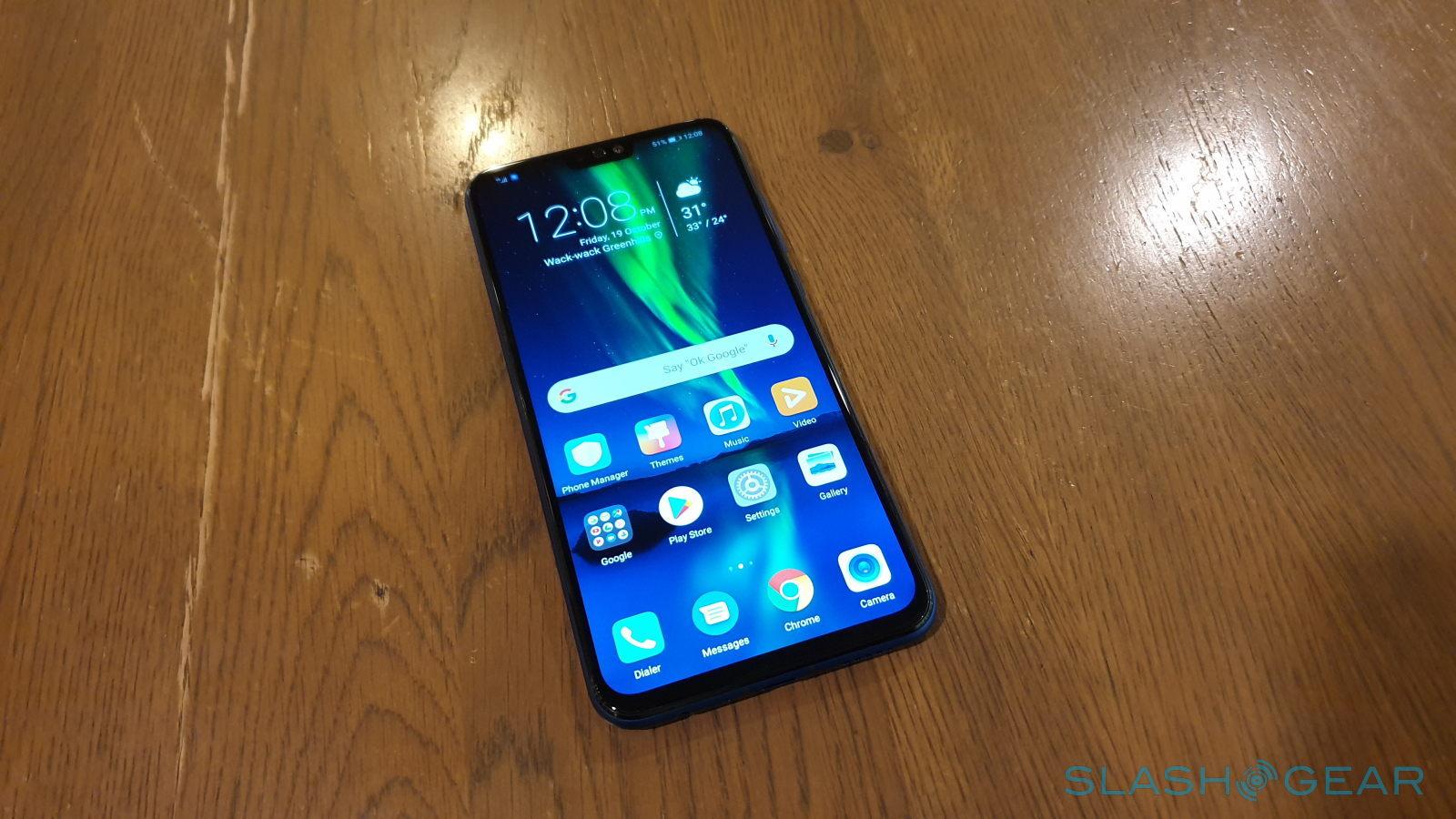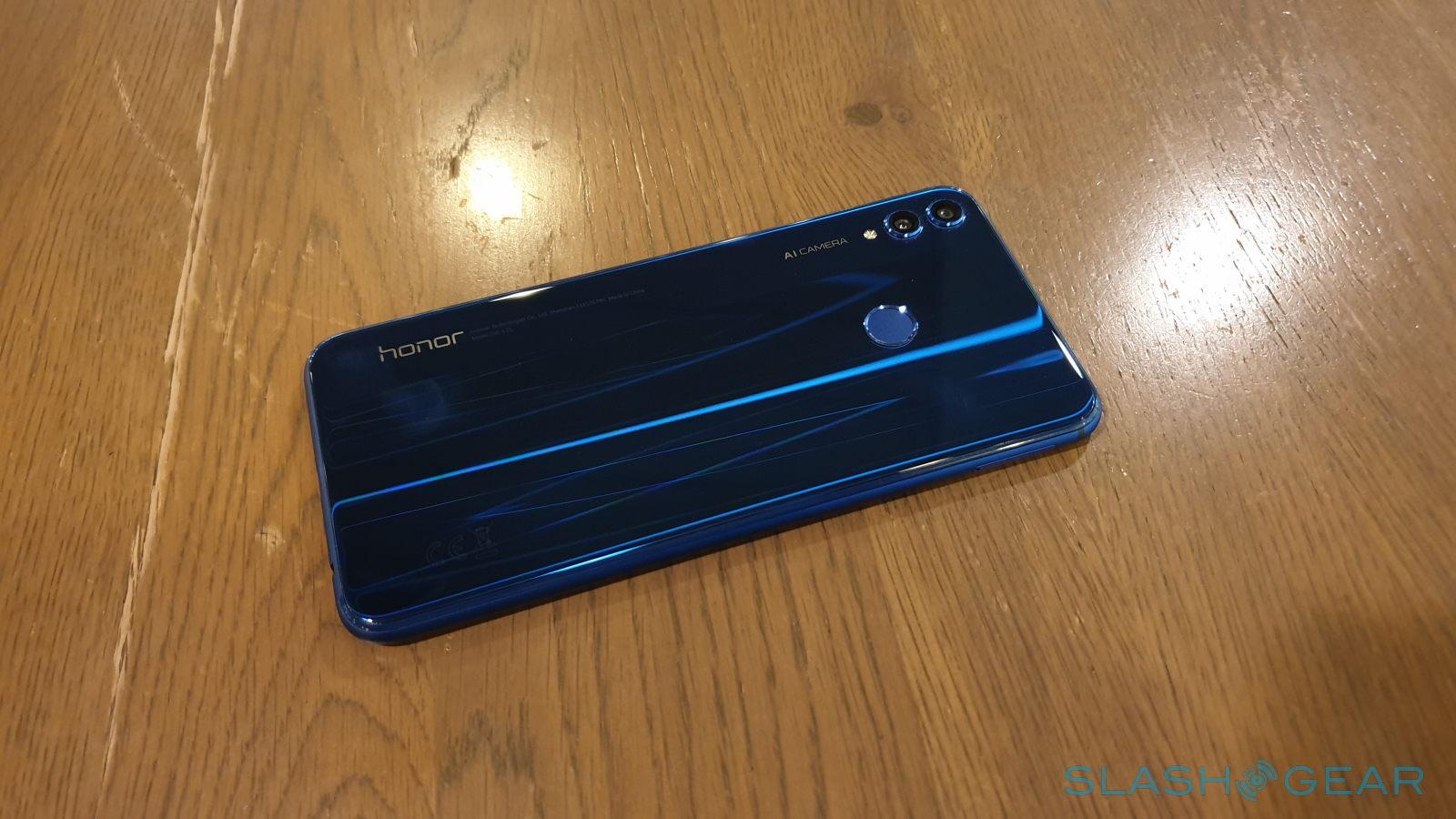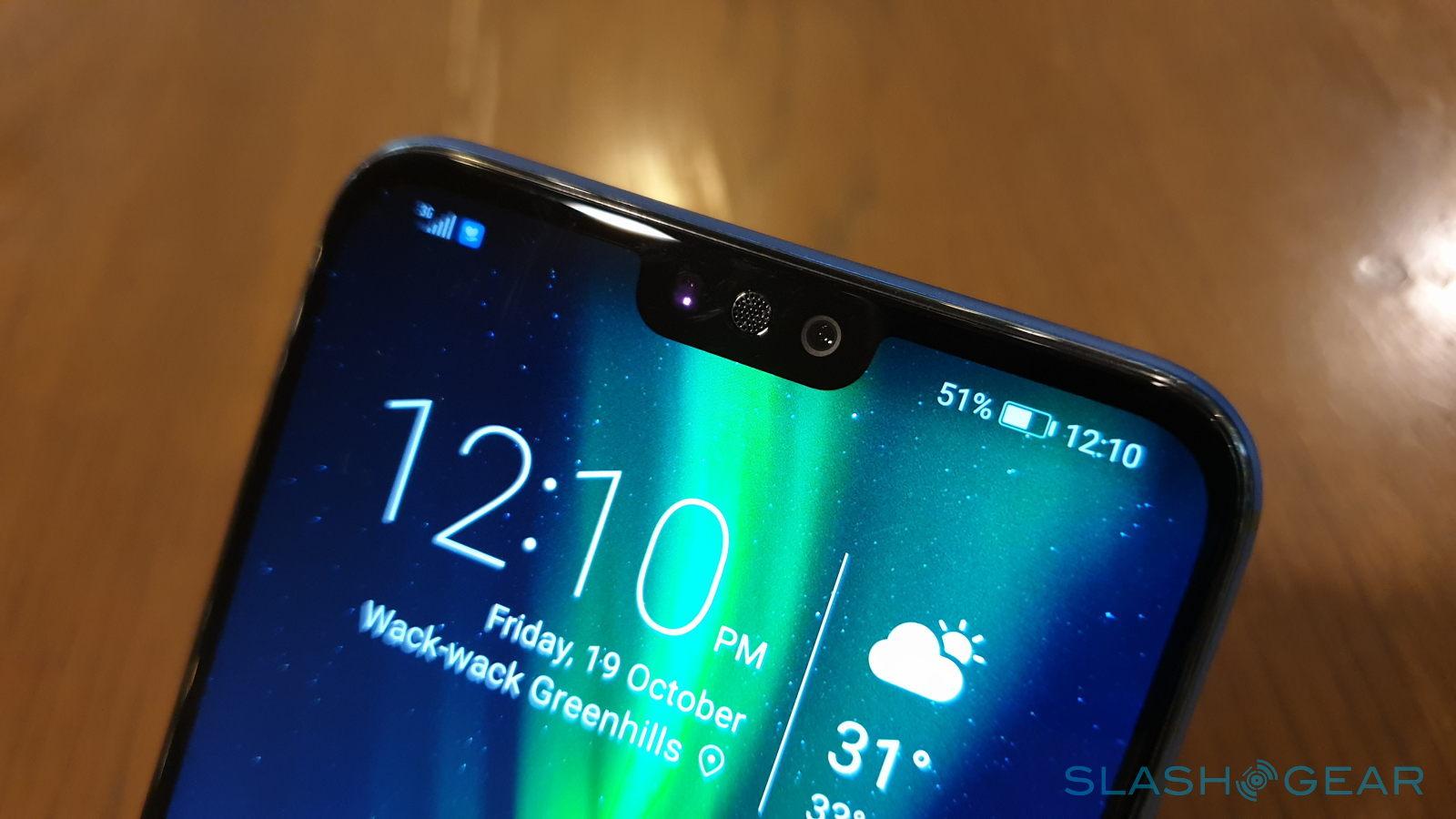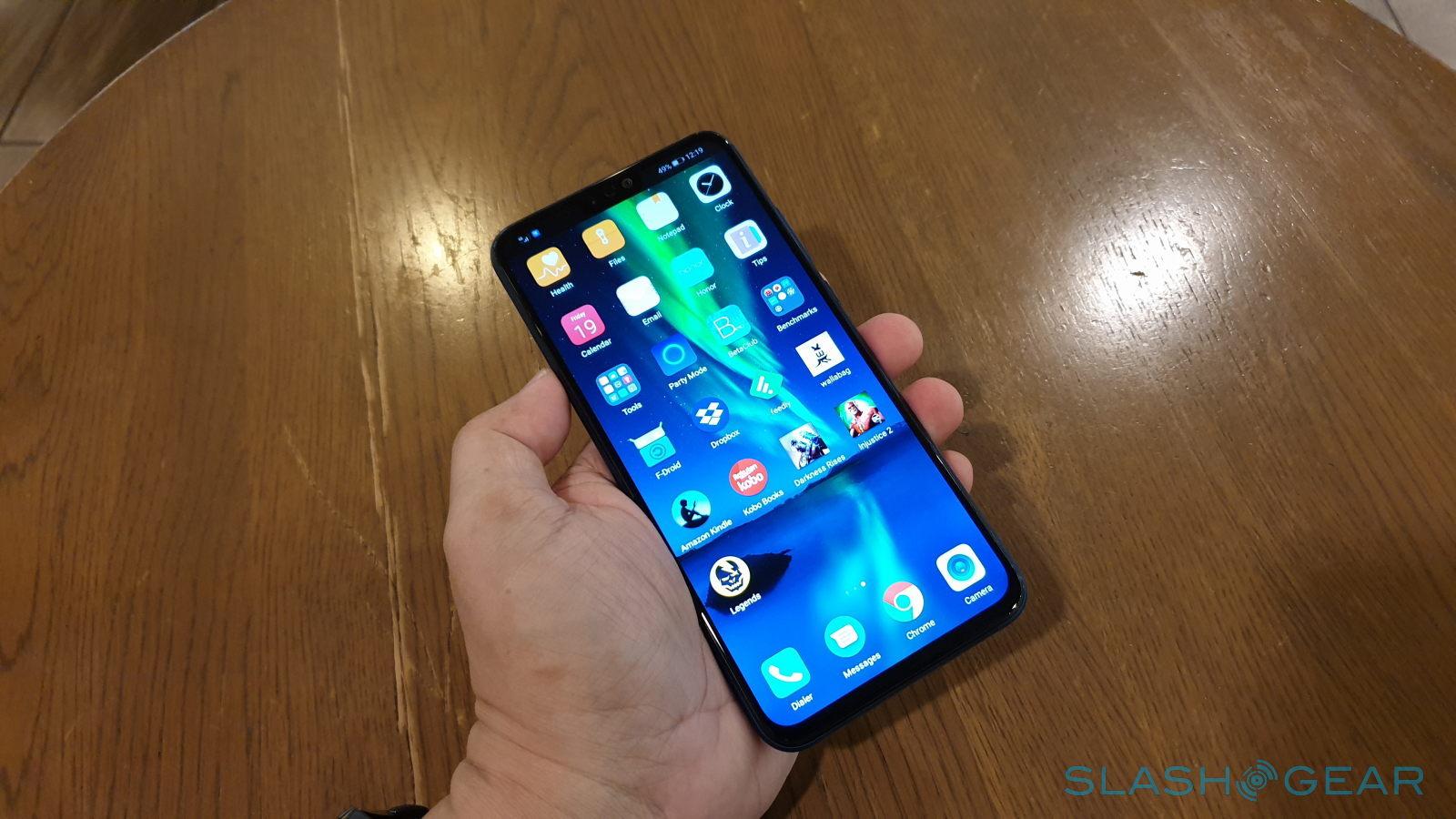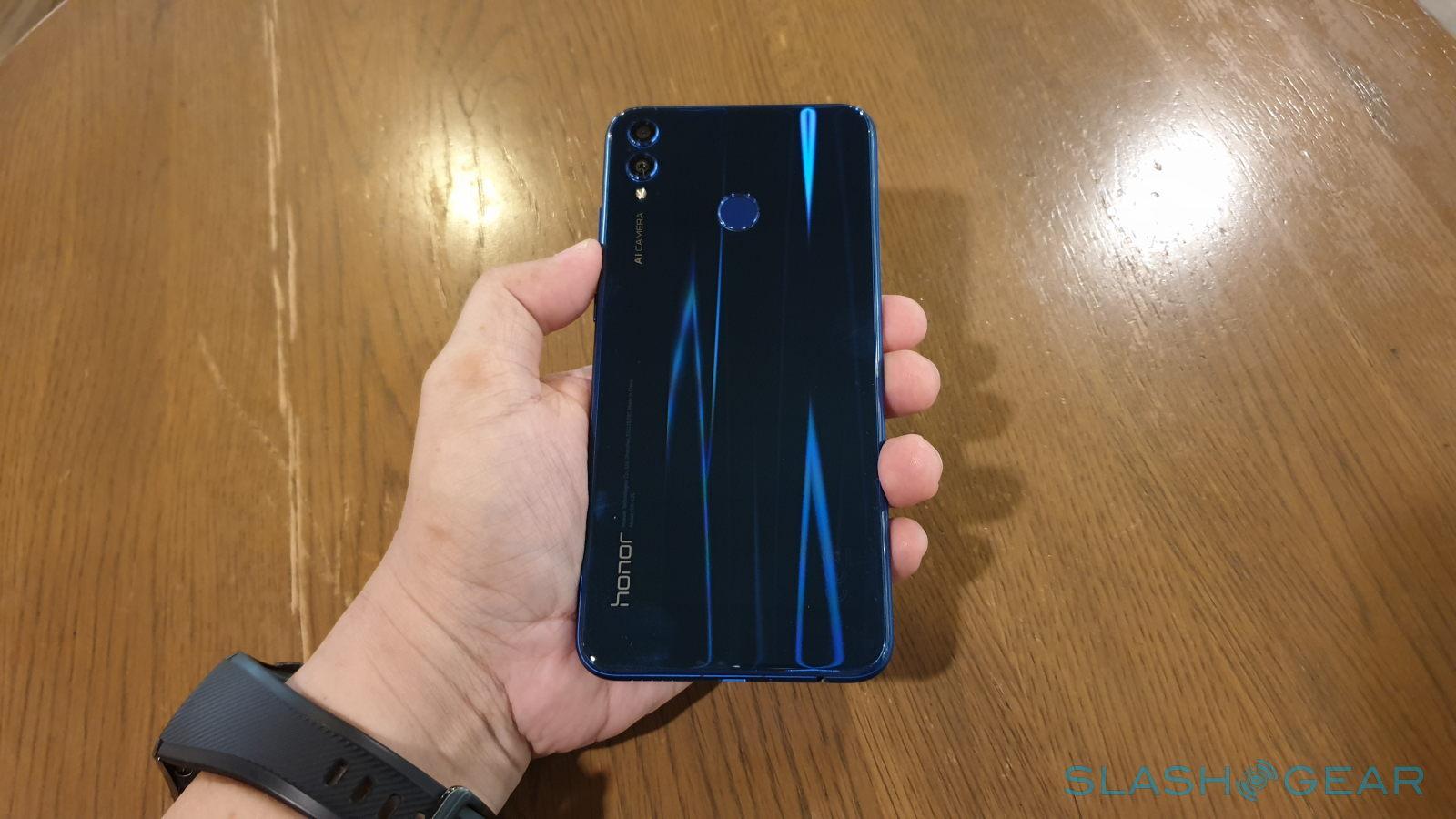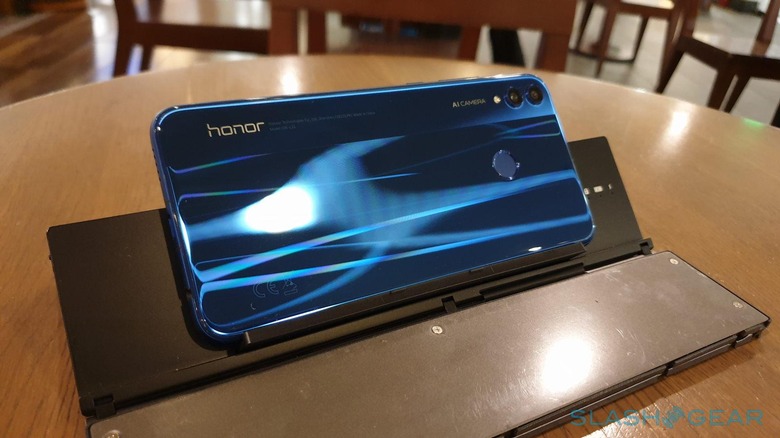Honor 8X Review: Mid-Range As Good As Premium
- Excellent battery life
- Serviceable AI-assisted cameras
- Decent performance
- Value for your money
- Still uses micro USB
- Slippery fingerprint magnet design
You can probably already guess from the title: Honor has done it again. While it's easy to knock the company as "just a Huawei sub-brand", it has been rocking the smartphone global market, including the US, with affordable smartphones that sometimes rival even Huawei's high-end models. While it definitely isn't the Mate 20, the Honor 8X won't leave you wanting despite its price tag. In fact, it could very well leave you satisfied because of it. This review shows exactly why.
Design
OK, let's get this out of the way first. The Honor 8X's back is a fingerprint magnet and its glossy glass makes it almost precarious to hold. Then again, that's true for almost all premium-looking smartphones these days. Which is to say, the Honor 8X definitely belongs in that class. As is the trend these days, Honor employed gradients to give the glass back some life.
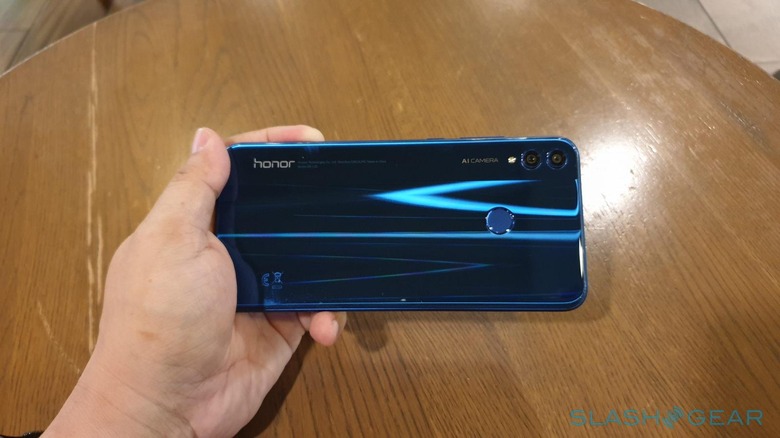
The Honor 8X borrows a bit from the Huawei P20's camera and label layout, emphasizing the way it is to be held like a camera in landscape position rather than in portrait mode like a phone. At least when using the camera, that is. Honor does put a small design twist to it, creating a dual tone effect with a plain glass strip long the Honor brand and dual cameras.
Honor uses "2.5D" glass on both sides to avoid any straight corners and cuts. The edges themselves are quite curved to better nestle into your hand. That said, the lightweight mass of the phone plus its slippery material will make you want to grip the Honor 8X tighter. Or at least put a case that would, unfortunately, increase it's already large size.
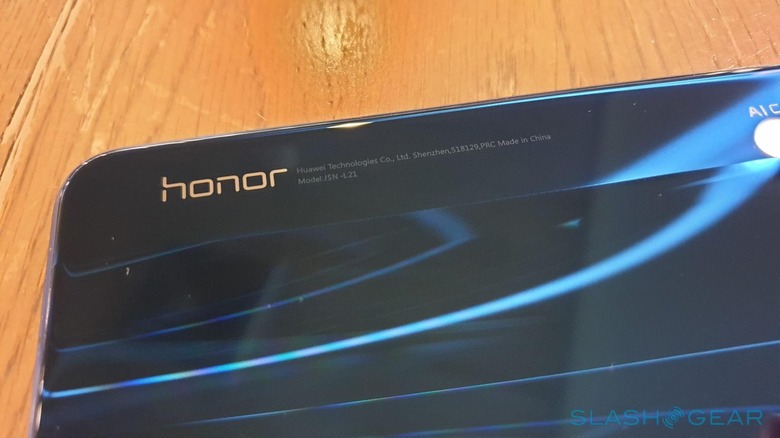
Hardware and Software
The Honor 8X's innards do betray its mid-range nature a bit. But just as you shouldn't judge a book by its cover, nor should you judge smartphones by specs alone. The Kirin 710 might not be Huawei's latest high-end silicon but this relatively new octa-core processor does the job well enough as we'll see later. Depending on which model you get, you'll have either 4 or 6 GB of RAM and 64 or 128 GB of internal storage. All models come with a microSD card slot for up to 400 GB more.
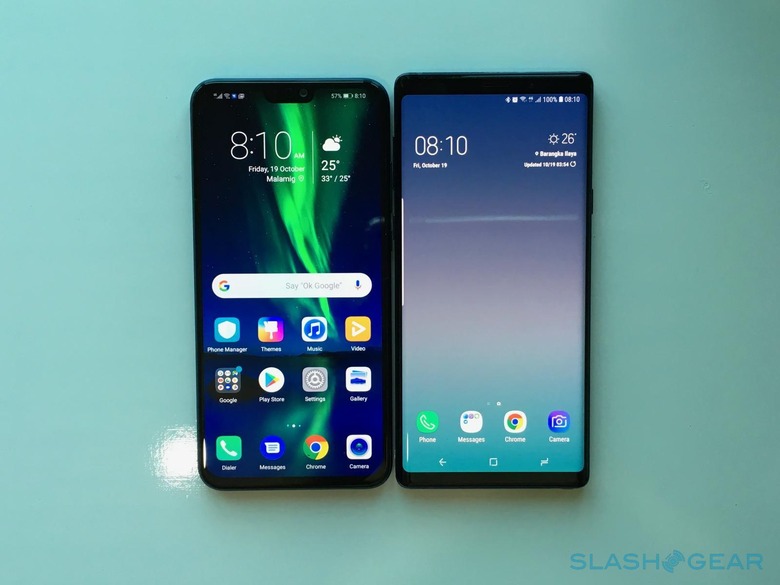
The display is a large 6.5-inch 19.5:9 2340x1080 LCD panel. It's bright and vibrant but it won't win in a brightness competition against, say, a Galaxy Note 9. As you can see, it has that controversial notch. After a few days, you get used to it being there. If not, you can always "hide it". The amount of screen space it reclaims is honestly pretty negligible compared to the Galaxy Note 9. It has really become a matter of aesthetic taste at this point.
Audio is one area where the Honor 8X doesn't really shine. The maximum volume it can reach isn't exactly loud enough. And at that level, audio can become pretty distorted anyway so you probably won't crank it up all the way. The saving grace? The Honor 8X still has a headphone jack.
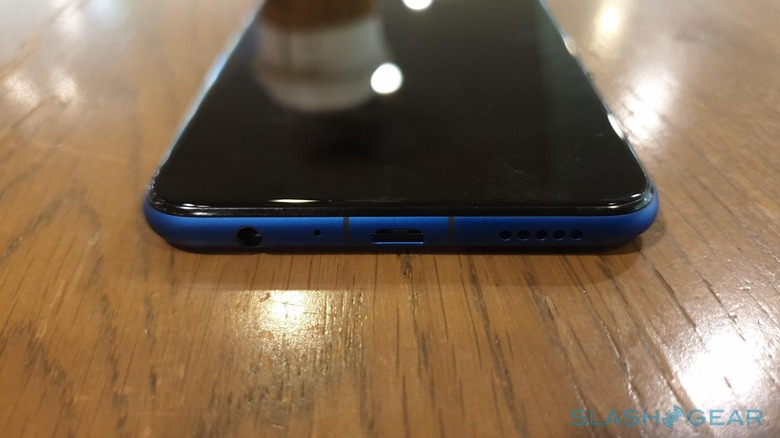
As with any Honor phone, the 8X ships with Huawei's EMUI skin, version 8.2.0 to be exact. That at least means Android 8.1 Oreo, though there's no word on an Android Pie update yet. While EMUI has come a long way from trying to provide an iPhone-esque experience, there are still some traces here and there. Fortunately, there are plenty of options to tweak. In fact, there might be too many options that you could easily get lost in the Settings app.
Biometrics and Gestures
Unlike its competitors in the Chinese market, Honor has not gone crazy over in-screen fingerprint displays. It still has the traditional fingerprint display on its back and it's still the fastest and most reliable way to get into your phone securely. It can also be used with a few gestures to take photos, show notifications, or even browse through the gallery.
The Honor 8X also has face unlock, but it's not as sophisticated nor as secure as those with special-purpose sensors. It's not as precise either, sometimes requiring a second attempt to recognize my face. The upshot is that it works even in any orientation, be it sideways or upside down.
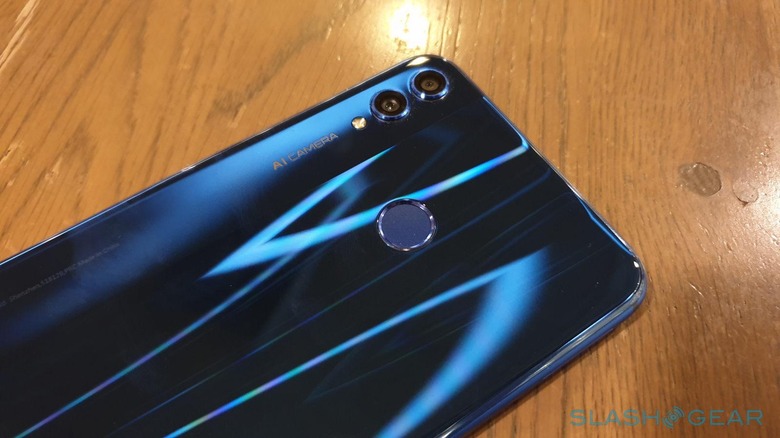
The phone still uses the default Android three-button navigation UI despite having lots more space at the bottom. Fortunately, EMUI does offer quite a few gesture-based methods for freeing up that part of the screen. You can take your pick but do note that there might be some options that could mess up some standard Android functionality. Gestures, for example, doesn't work well with split screen.
Camera
Like any other smartphone these days, the camera is the bread and butter of the Honor 8X. And while it's not as exceptional as Huawei's, Samsung's, or Google's, you aren't going to be disappointed with what you're getting for the price. On the back, you get a 20 megapixel f/1.8 main camera, assisted buy a 2 megapixel depth sensor. On the front is a big 16 megapixel f/2.0 camera.
Both sides are assisted by AI, which is pretty evident by the "AI CAMERA" emblazoned on beside the rear cameras. Honor boasts that the AI is able to recognize over 500 scenes and categorize them into 22 types, ranging from food to portrait (for people) to the kind of outdoor sky (blue sky or overcast). While the AI does a pretty good job at detecting most scenes, the changes it makes to the settings are pretty opaque. So unless you have time to turn the AI on and off to compare, you'll just have to trust Honor's word for it.
The AI also helps in taking shots in low light, though you'll probably want to manually switch to the Night camera mode rather than rely on AI detection. In that specific mode, the AI camera will take multiple photos within 6 seconds and combine them to create an admittedly good nighttime shot. The AI should be able to do its job even when the user's hand is a bit shaky, Honor promises.
Honor 8X (AI mode)

Honor 8X (Night Mode)

Galaxy Note 9 (Auto)

As for the front camera, its main feature is the Beauty Mode. A big hit in the Chinese market, this mode uses a smidgen of AI and tons of post-processing to shave years and inches off your face. Some love it, some hate it. At max, it can produce extremely blurred and creamy skin tones and can make you look like you've undergone a diet. Fortunately, you can choose how much beauty you really want, on a scale of 0 to 10.

And, yes, Beauty Mode actually works even with the rear cameras.

Left to its AI, the output of the camera can be pretty varied. Without the AI, it produces rather bright and saturated photos. Some might prefer this "ideal" type of output while others prefer shots that are closer to reality. The camera app has plenty of modes to choose from, but sadly no manual controls for power users. All in all,l the Honor 8X's cameras, with some AI help, do more than decent work, which is more than you might be able to say about other smartphones in this price range.
Honor 8X (AI mode)

Galaxy Note 9 (Auto)

Performance and Battery
Let's face the fact that the Honor 8X won't win any marathons. It wasn't made to anyway. The Kirin 710 is designed to carry you through the day, through most of your tasks, and with even some entertainment on the side. To those ends, the Honor 8X does its job well.
But if it's numbers you want, numbers you will get. Just don't take too much stock in them. The Honor 8X would rank alongside last year's flagships, which still cost twice or even thrice as much.
AnTuTu & GFXbench
Geekbench
3DMark & PCMark
Overall real-world performance, however, is pretty decent. The UI is snappy and fluid, which is an achievement considering how non-vanilla EMUI is. Getting through most tasks, especially with multi-tasking, doesn't drag the phone down to a screeching halt. As for resource-intensive games, the Honor 8X managed to hold well with Injustice and Shadowgun Legends, though it did start to get warm under those circumstances.
Battery life is harder to pin down but with a 3,750 mAh pack, it's not something that will die on you before sundown. With mixed usage of Wi-Fi, 4G, some YouTube, and a lot of web browsing, the Honor 8X easily lasts 2 days. More even when you let it idle for a while. Sadly, the phone only sports a micro USB port, which limits both charging and data transfer speeds, even with Honor's fast charging feature.
Wrap-up
The Honor 8X starts at 250 EUR, around $280 when directly converted. Even if it were to cost $300 in the US, which Honor has yet to announce, it is still pretty much unrivaled in that category. Great battery life, decent performance, serviceable cameras, and an eye-catching design, the Honor 8X has most of the things you need from a smartphone in a package that costs considerably less. It is no wonder, then why Honor makes up the bulk of Huawei's smartphone shipments, helping the Chinese OEM climb up through the ranks.





